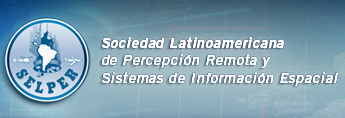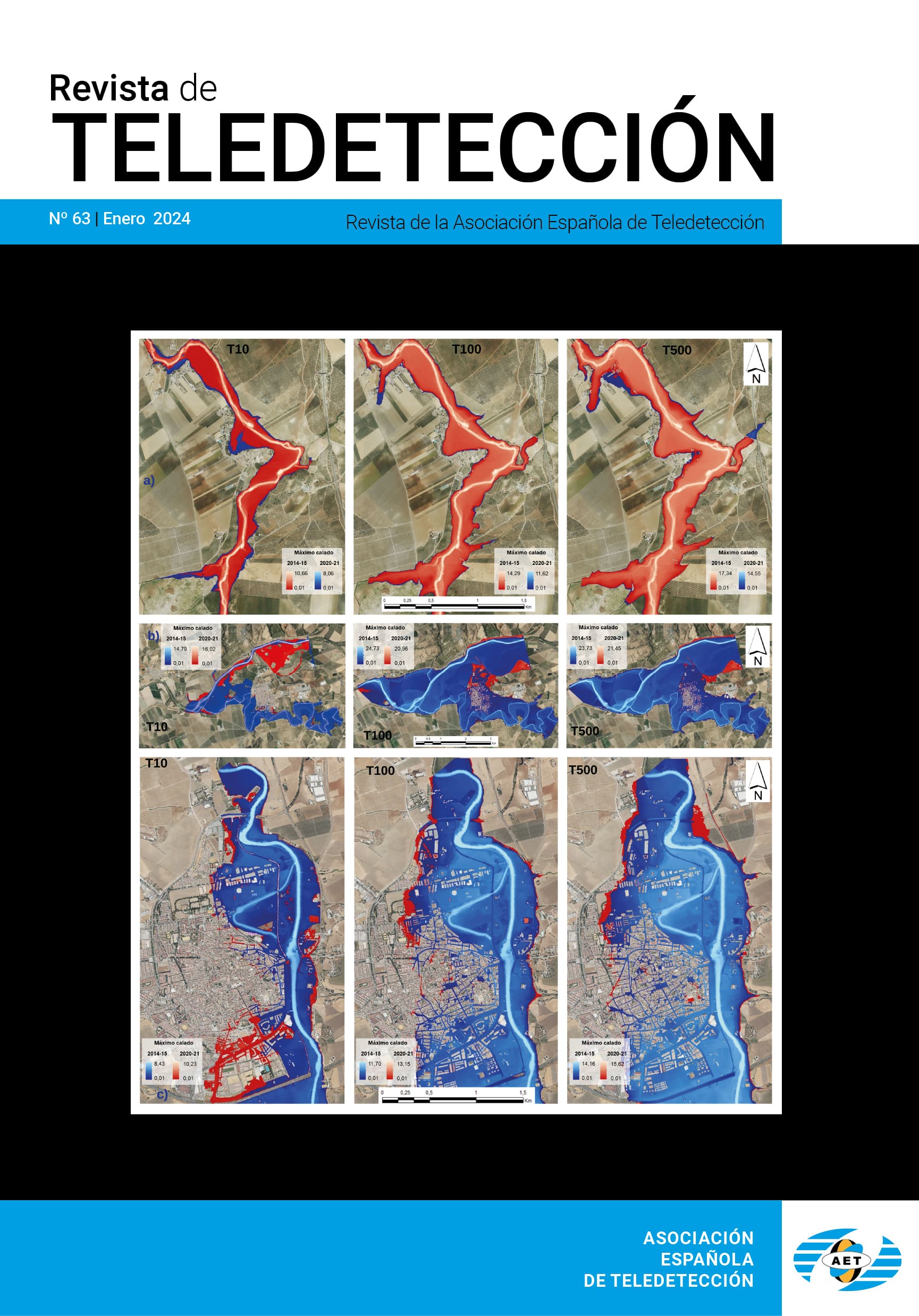Aplicación del análisis textural a datos de retrodispersión de sonda multihaz para la clasificación de fondos marinos
F. Carreño (francisco.carreno@urjc.es)
I. López, J. Payán, C. Arranz, E. Castellanos
RESUMEN
En el presente trabajo se detallan los resultados del análisis de variables texturales aplicada a los datos de retrodispersión de 5 metros de tamaño de píxel tomados con una sonda multihaz EM3000 D para caracterizar y cartografiar los diferentes tipos de fondo marino, que son clave en la interpretación de los procesos geológicos de la plataforma continental de la Región de Murcia. La extracción de este tipo de información temática se realiza habitualmente aplicando las técnicas de clasificación a los valores de retrodispersión. Los resultados obtenidos con esta metodología muestran errores importantes en la asignación válida de clases debido a que se trabaja con una única banda, a la propia geometría de adquisición de datos y a los cambios constantes en las variables ambientales durante la toma de la información. En este trabajo se han aplicado técnicas de análisis textural de la componente espectral de la retrodispersión para identificar diferentes tipos de fondos marinos, que se pueden utilizar bien individualmente o como nuevas bandas a considerar en las clasificaciones supervisadas.
Los resultados muestran que el análisis textural aplicando filtros estadísticos y matrices de ocurrencias y co-ocurrencias de niveles de grises, mejora notablemente la identificación de las clases de fondo marino. De todas las variables texturales, las variables de co-ocurrencia de la Media y Homogeneidad son los que mejor información aportan para determinar los límites de cada clase de sedimentos marinos.
Palabras Clave: Análisis textural, matriz de ocurrencia, matriz de co-ocurrencia, retrodispersión,
ecosonda multihaz, plataforma continental española.
ABSTRACT
In this work we present the results of the textural analysis of seafloor reflectivity data (5 meters/pixel resolution) obtained with a EM3000D multibeam. These backscatter values are used to map different materials on the seafloor and are a key dataset to the study and interpretation of the geologic processes that take place and shape the continental shelf in the Murcia Region (SE of Spain). Extraction of this type of thematic information is being carried out by applying different classification procedures to the reflectivity values. The results obtained through this working procedure show errors in the class assignation during classification due to: a) use of an unique band, b) acquisition geometry of the data and c) change of environmental variables during data acquisition. We apply differents techniques of textural analysis to the spectral component of the reflectivity to identity different types of seafloor materials. These new datasets can be used as new bands and be used in later supervised classifications.
The results of this work show that textural analysis carried out using statistical filters and matrices of occurrences and coocurrences improve the classification of the different textural classes in the seafloor obtained and help to identify other classes that were not possible to differentiate with the original data. Textural variables co-occurrence of the Media and Homogeneity are best because allow to better determine the boundaries of each class of marine sediments
KEYWORDS: texture analysis, occurrence matrix, co-occurrence matrix, backscattering, Multibeam
echosounder, continental shelf.
PULSE AQUI PARA DESCARGAR EL ARTÍCULO COMPLETO








